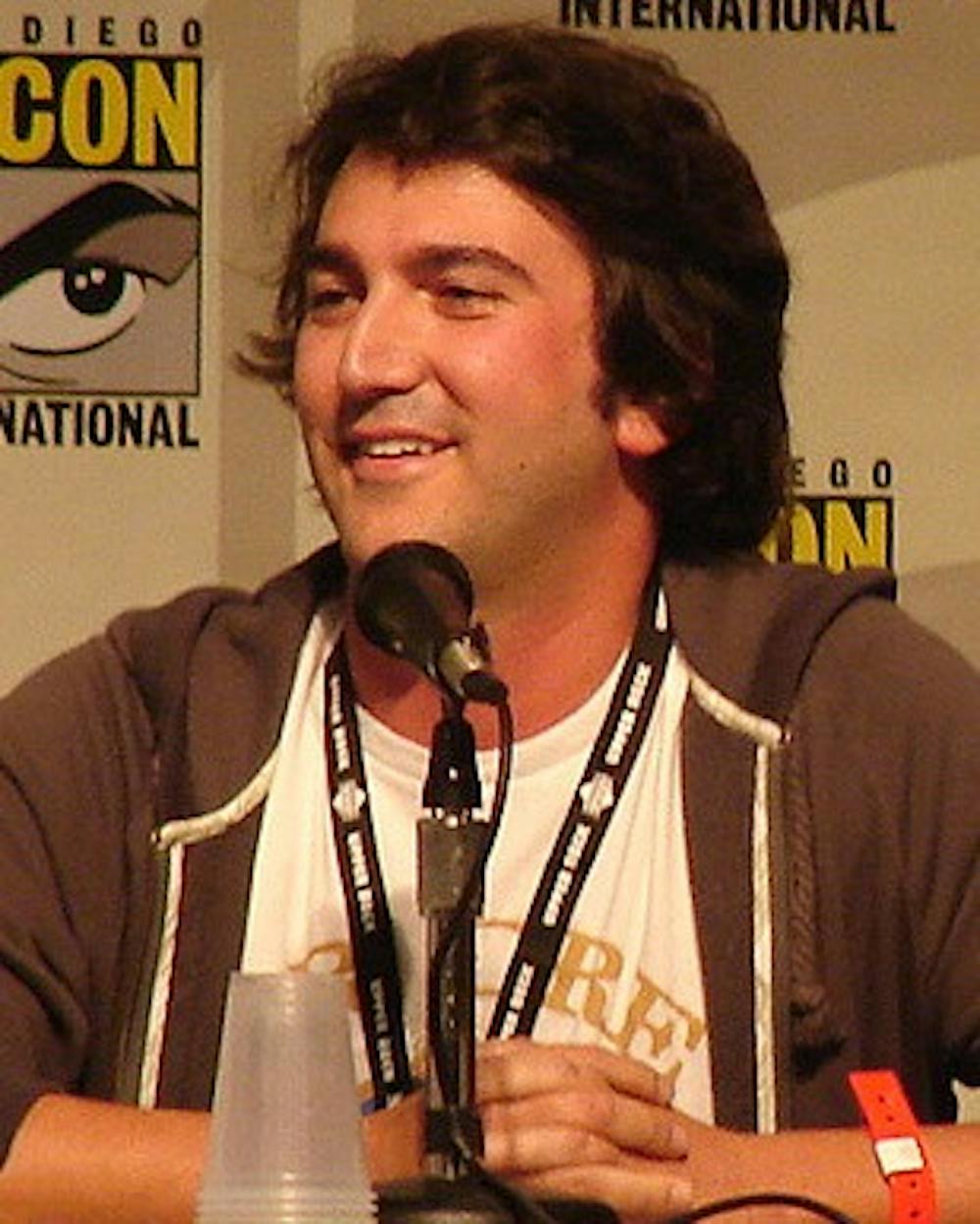We routinely hear the phrase, “The book was better than the movie.” It is rare that a movie adaptation meets the standards that are set by the book. Only when the movie includes as many details as it can from the book does the movie begin to reach our expectations.
For the screen adaptation of John Green’s first novel, Looking For Alaska, this wasn’t a problem, since it was made into a Hulu TV series. Released Oct. 18, the series spanned eight episodes and approximately eight hours of screen time.
However, Looking For Alaska wasn’t always destined to be a TV series. For the past 15 years, the producers recognized that they had to align all the pieces meticulously. Fortunately, that made the adaptation better than it would have been had the producers executed it hastily.
In 2005, in search of enough money to move to New York City with his fiancée, John Green originally sold the movie rights to the book. At first, directors Josh Schwartz and Stephanie Savage wrote a script that was exclusively based off the book. However, the movie production was stalled due to concerns about the movie’s profitability.
After several more grueling years of prolonged delay, a producer and friend of John Green’s reached out to him in 2018 and suggested the revival of Looking for Alaska, with Schwartz and Savage still committed to bringing the adaptation to life.
Once the project resumed, the producers sent the audition tapes for characters in the novel to John Green. In the tapes, Kristine Froseth was auditioning for the role of Alaska Young, the main character, while Charlie Plummer was auditioning for the role of Miles Halter. Green wholeheartedly approved of their casting and was deeply invested in helping them develop their connection to the story. He even took them on a trip to his old high school, Indian Springs, which had inspired the book’s setting at Culver Creek Academy.
Looking For Alaska is written from the perspective of Miles Halter, a socially awkward high schooler whose special idiosyncrasy is a penchant for memorizing famous people’s last words. Though he’s a recent transfer student from a distant Florida public high school, he manages to find an intelligent and rebellious friend group at Alabama’s Culver Creek boarding school: Alaska, Chip Martin (“The Colonel”) and Takumi.
Together, the group of friends navigate a high school experience that treads the line between realism and fiction. They smoke, drink, fall in love, deal with complex relationships, ruminate on deep philosophical questions in their world religions class and have prank wars with the affluent students.
Amid all the drama, the group must refrain from breaking the rules and getting caught by the dean of the school, coined “The Eagle.” All the drama, events and relationships illustrated throughout the book then ultimately build up to a singular traumatic accident.
Surprisingly, the TV series met my expectations for the book. Miles (Charlie Plummer) was just the right amount of awkward and cool. The same expectations were met by the actors for the rest of the friends, the Colonel, Alaska and Takumi.
My favorite lines from the book even made it into the show, despite some of them being merely Miles’ unspoken thoughts in the book. Because of its simple expression of infatuation, one of my favorite quotes is the line “If people were rain, I was drizzle and she was a hurricane.”
This found its way into an entirely new scene during a dialogue between Miles and his mother. Though the line came across slightly awkward and forced, as a dedicated fan of the book, I greatly appreciated the effort to insert the original line into the series. Clearly the show was made to replicate the book and bring it to life, and not just for profit.
The book is a short 220 pages. Though it effectively covers a great span of deep relationships, emotions and actions, it does not spare any time to elaborate on unnecessary details. The eight-hour TV show, on the other hand, provided a much more paced elaboration of the plot. Whereas the book only focuses on the point of view of Miles, the show was able to expand on all of the characters in the story.
Most notably, adult characters like the Culver Creek dean, “The Eagle,” or the world religions teacher, Dr. Hyde, were given background stories and their own character arcs. This had the effect of humanizing these figures, who, in the book, were relatively static and distant in Miles’ narration. Even characters close to Miles, like the Colonel, were given more depth and plot sequences.
For readers of the book like myself, this on-screen adaptation was a treat, especially since my personal experience reading the book was nothing short of perfect. I recall ripping through the book in a quiet and short time period while I listened to a fitting Spotify playlist created for the book itself.
And, though I was excited to finally hear that the book was making its way into a real-life adaptation, I was scared for my perfect experience to become tainted or even ruined. But as I binge-watched the eight-episode TV series just as I had ripped through the book, I found myself reliving my past emotions and revelations, if not encountering more.
While I always recommend my friends to read the book if they are deciding between book or movie, for Looking For Alaska, feel free to do either.





